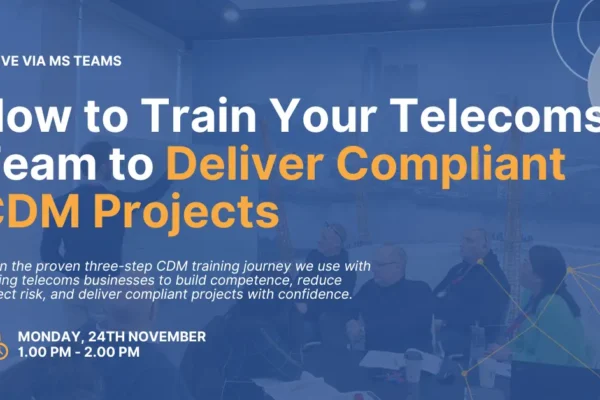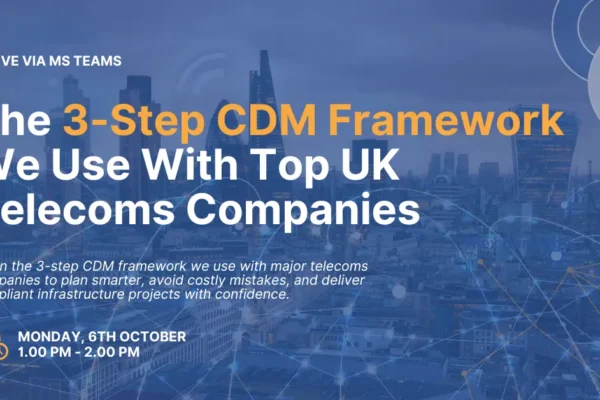How CTOs Can Turn ISO 27001 Into a Boardroom Asset

For many CTOs, ISO 27001 is seen as a necessary evil.
A complex, documentation-heavy process designed to keep auditors happy and tick compliance boxes.
But if you’re only treating ISO 27001 as a badge of compliance, you’re missing a bigger opportunity.
Because when it comes to the boardroom, most directors don’t care about your firewalls, your threat detection system, or how often you patch servers.
What they do care about is this:
Risk – What could go wrong, and how are we managing it?
Reputation – How do we avoid ending up in the headlines for the wrong reasons?
Revenue – How do we protect the business and keep growing?
And that’s where ISO 27001 becomes more than just a framework for information security.
It becomes a strategic tool to speak the board’s language and demonstrate control over cyber risk in a way that resonates at the highest levels of leadership.
In this blog I’m going to give you three ways you can use ISO 27001 to build board confidence and turn your ISMS (Information Security Management System) into a value-generating asset.
1. Turn Your ISMS Into a Business Risk Dashboard
Boards don’t want to read technical security reports.
They don’t care about the specific type of vulnerability in your endpoint detection software or the version of your firewall. They care about risk.
Especially the kind that could impact operations, revenue, or compliance.
ISO 27001 gives you a structured way to identify, assess, and manage risks. That’s not just useful for your security team; it’s a powerful tool for showing the board how cyber risks connect to the business.
Here’s how to make it work:
• Map security risks to business outcomes: For example, show how a phishing vulnerability could lead to downtime in your sales CRM, affecting pipeline velocity. Or how a third-party breach could lead to contract breaches and SLA penalties.
• Use the language of the business: Instead of “vulnerability in endpoint detection,” say “risk of revenue disruption due to potential data loss in our sales platform.”
• Visualise your risks: Build a simple risk dashboard that shows likelihood, impact, and mitigation status. Make it easy to see what’s under control, what’s being addressed, and where budget or decisions are needed.
When your ISMS becomes a tool to visualise business risk, the board starts seeing security as part of strategic decision-making, not just an IT issue.
2. Use Certification as a Growth Lever, Not Just a Checkbox
A common trap is to treat ISO 27001 certification as a finish line.
Something you do once, file away, and mention when a prospect asks.
But done right, ISO 27001 can actively drive revenue and growth.
In today’s world, enterprise buyers and partners increasingly expect ISO 27001 as a baseline for doing business. It’s not just a nice-to-have; it’s a competitive differentiator.
Here’s how to reframe it:
• Show how certification supports sales: When your sales or partnerships team can confidently say, “Yes, we’re ISO 27001 certified,” it opens doors, especially in regulated industries, finance, healthcare, and global markets.
• Position it as a customer trust signal: Use your certification to reassure customers that you take security seriously. Add it to RFP responses, onboarding packs, and even your website.
• Highlight time-to-contract reduction: Demonstrate how ISO 27001 shortens security reviews and reduces friction in the procurement process, accelerating deal cycles.
When you present ISO 27001 as a commercial enabler, not just a compliance burden, you align it with the board’s interest in revenue and growth. That’s a narrative boards will support.
3. Prove Continuous Improvement
One of the most powerful and often overlooked features of ISO 27001 is the requirement for continuous monitoring and improvement.
This isn’t a “set it and forget it” standard. It’s designed to evolve with your business and the threat landscape.
And that’s a message the board wants to hear.
Security isn’t static. Threats change. New business initiatives create new risks. Boards want to know you’re not only secure today but that you’re staying ahead of tomorrow’s risks, too.
Here’s how to prove that:
• Report on improvements, not just status: Go beyond saying “we’re certified.” Show how you’ve updated controls, added new training, or adjusted policies in response to emerging threats.
• Use audits as progress markers: Internal and external audits are opportunities to demonstrate maturity. Share key findings, actions taken, and lessons learned with the board.
• Show alignment with business change: As the business scales, enters new markets, or launches new products, show how your ISMS has adapted to address new risks.
This builds credibility. It shows the board that you’re not treating security as a box to tick, but as an evolving practice that keeps pace with the business.
ISO 27001 as a Strategic Asset
CTOs are under more pressure than ever to demonstrate not just technical competence, but strategic leadership. The board expects you to manage risk, protect reputation, and support growth.
ISO 27001 gives you the tools to do all of that but only if you move beyond the checkbox mindset.
• Use your ISMS to visualise risk in business terms.
• Leverage certification to support growth and win deals.
• Prove you’re improving continuously not standing still.
The end result?
A board that sees your security function not as a cost centre or compliance hurdle, but as a driver of trust, resilience, and competitive advantage.
Ready to Make ISO 27001 Work For Your Business?
Partner with us for an expert-led ISO 27001 gap analysis, implementation, and ongoing coaching, giving you everything you need to confidently achieve or maintain accreditation and turn it into a business asset.
Book a quick 15-min call today and see how we can help you build board-level confidence in your cyber resilience.

Do you want to ensure ISO 27001 Compliance?
Personalised to meet the distinct requirements of your business, our expert consultants ensure a systematic approach to maintaining and improving your ISMS compliance.






